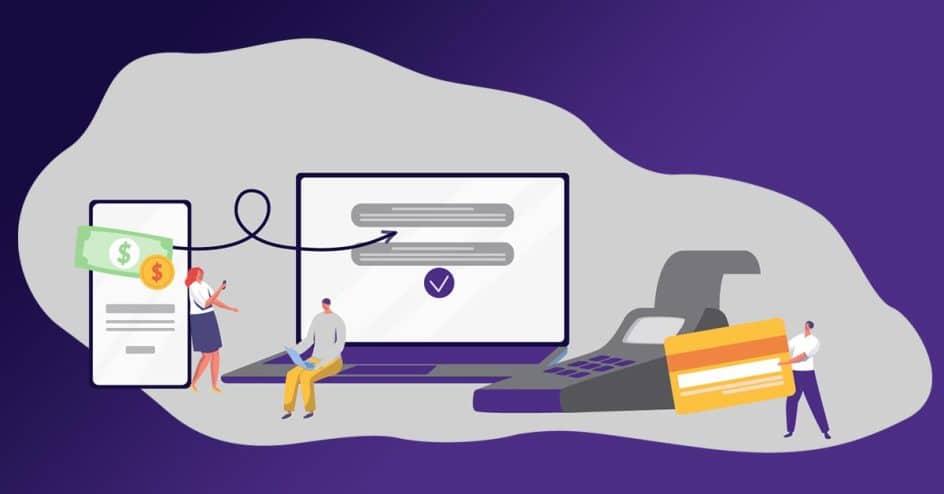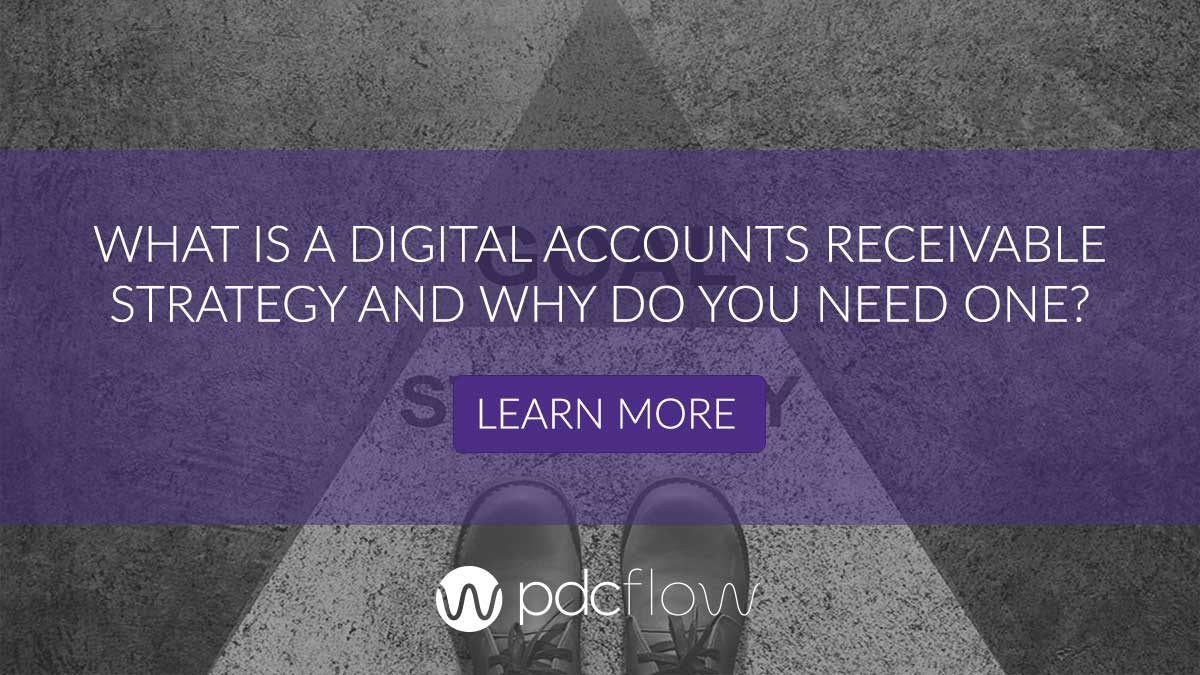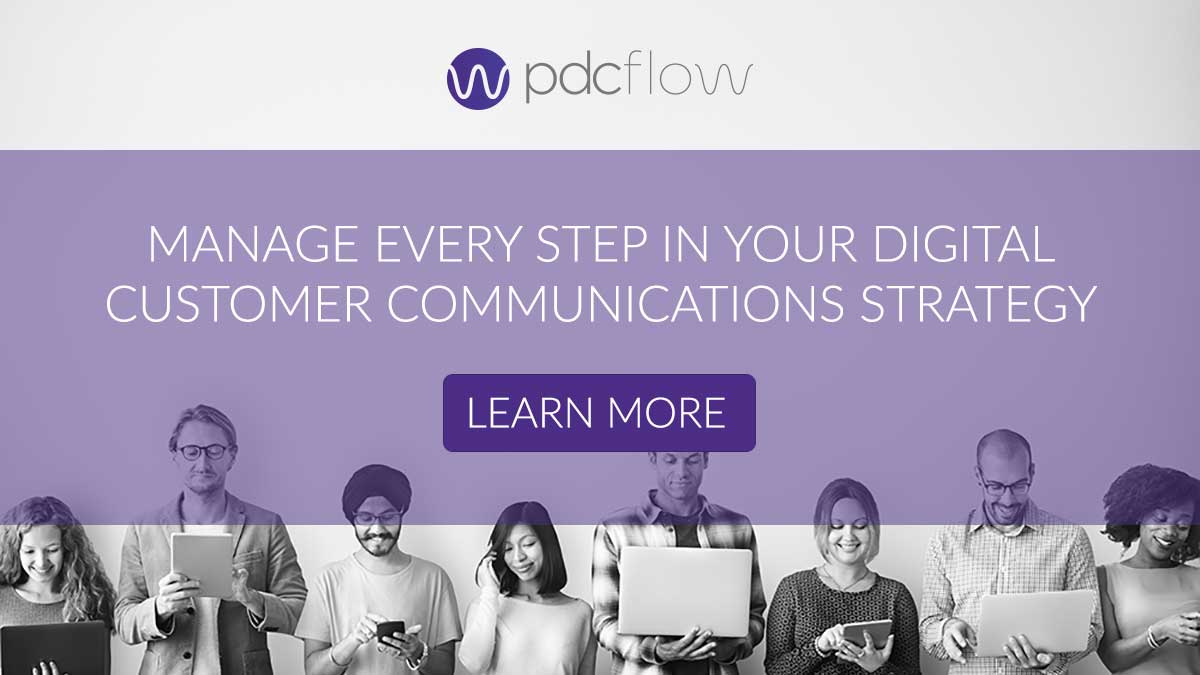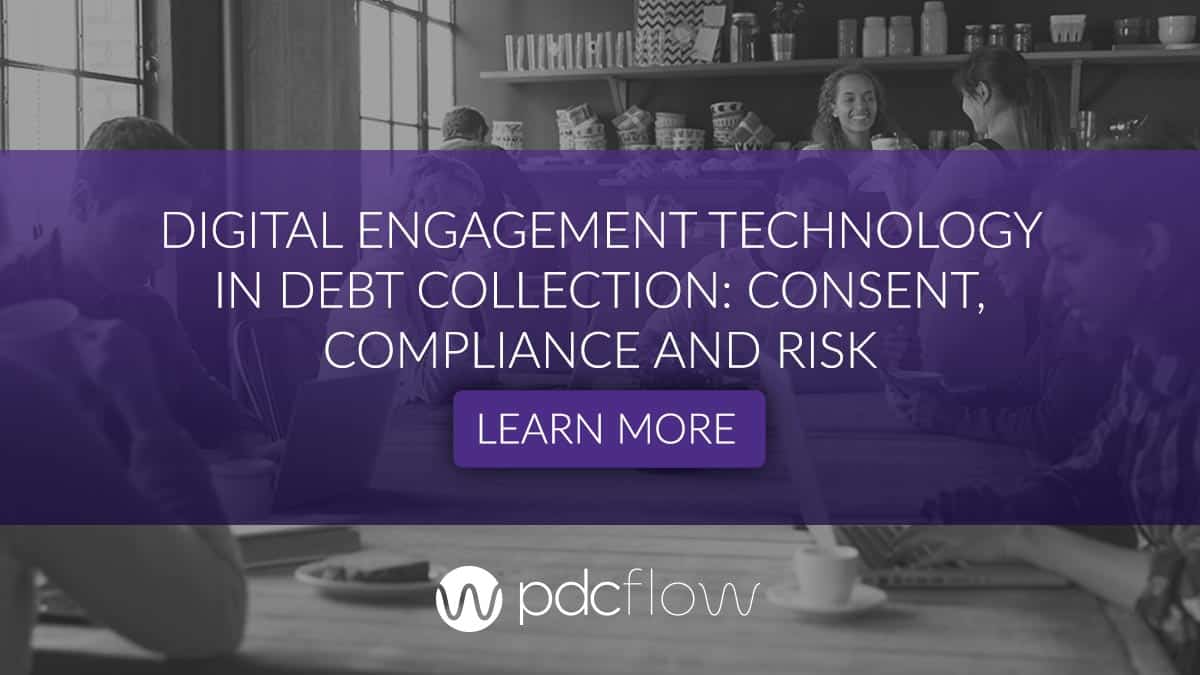Digital channels for communication are common, cost effective, expected – and perhaps most importantly – wanted by consumers. But for years, debt collection has been trapped between trying to propel their agencies forward with new technologies and being held back due to compliance fears.
Now, with permission given through Regulation F, those who haven’t dipped their toes into digital strategy should be making the change.

Shawn Farris
Sr. VP of Global Digital Operations
Phillips & Cohen Associates, Ltd.

Heather Radcliffe
Senior Production Analyst
Hunter Warfield
What is a Digital Strategist?
How Does a Digital Strategist Role Fit in Debt Collection?
Digital strategy is a broad category and covers many types of technology. What fits within one agency won’t work in another. For companies beginning their journey into digital collection strategies, you likely won’t want to hire a whole department of strategists right away.
For the beginning stages of your transformation, it’s best to start small. Many agencies began this new era of collections by restructuring existing departments and adding digital responsibilities into current workflows.
You don’t need to drastically expand your team to begin planning for digital payment collection channels. You should have one dedicated strategist to take ownership of this initiative and serve as the subject matter expert to lead creation of messaging, roll out of campaigns, and data measurement.
"You can spend actual time talking about it, compared to "how are you trying to dial more? what letters are you sending?"... over and over every day, just trying to eke out more right party contacts and then, convert those."
Shawn Farris

1) Why Pursue Digital Strategy in Debt Collection?
During the webinar hosted by AccountsRecovery.net “What is a Director of Digital Strategy and Why Your Agency Needs One,” both panelists opened the discussion by sharing their personal experiences moving from ARM operations roles into this digital frontier.
Some agencies have begun implementing full digital strategies but most are just getting started. Farris says what first attracted him to the position was the amount of new opportunities it created and the chance it offered to let him create fresh ways to engage with consumers.
Radcliffe became interested in the work and the results you begin to see as you create, build and implement new strategies. Because she came from the collection world, her industry knowledge helped her to connect both parts of the business – what consumers want and what is realistic to implement as an agency.
"I was kind of the bridge in between adapting to the digital world and what the consumers would be looking for digitally, so it was pretty cool."
Heather Radcliffe

Both agree that the change to digital consumer engagement strategies is a way to keep work interesting. But more importantly, this is a new, more effective engagement tactic for AR. Calling on accounts day after day and hoping someone picks up just doesn’t work as it used to.
It’s time to experiment with new channels and concise messaging to get a better response during your collection efforts.
2) What is the Best Part of Working On Digital Strategies?
If you want the right people for the job, you should understand the traits that attract good candidates to the position.
Radcliffe appreciates the opportunity to work with her team every day, coming up with new ways to talk to consumers, like implementing a chatbot, creating 24/7 customer service channels and creating new emails that help her agency save on paper mail costs.
"It's just exciting to find different ways to be able to get in contact with the consumers and they have an immediate way to contact us back."
Heather Radcliffe

“Getting a hold of the right consumer at the right time with the right channel, and that being a successful opportunity? That’s fun. It’s solving that puzzle and dynamically being able to look at your data and go “let’s try this and let’s try this.” There’s more flexibility in the trying and the strategies that you create than there is in just “well, we’re going to dial again today.””
Shawn Farris

3) What are the Job Responsibilities?
Those creating a role for a digital strategist (or those looking to fill this type of position) may wonder what day to day functions the job should include. The panelists say these are the most common responsibilities they cover in their own work:
- Evaluating current channels available to consumers and comparing them to the actual portfolios within your agency, then creating ways to bring them together. How are the channels available to you going to fit into the existing call flow?
- Understanding and managing compliance concerns within digital channels. All of the new technologies you use need to be compliant with Regulation F and other relevant industry, communication and payment collection rules and regulations.
- Working with Operations to ensure that what you propose is realistic, doable, and worth doing. Be willing to work across departments to understand the best way to use new products, features and services in a way that’s good for both staff and consumers.
- Tracking digital strategies and monitoring analytics to ensure what you’ve implemented is working (and being prepared to adjust what you’re doing based on the results). You should be monitoring analytics to see what’s effective and what’s not. Don’t be afraid to experiment based on what you see.
“You want to increase your right party contacts and your revenue, with less costs. That’s the bottom line I think for most companies.”
Heather Radcliffe

4) Are There Downsides to Digital Technology?
So what about the negative aspects of digital collection? “You can have some growing pains,” says Radcliffe. “You have to have the right resources within your company.”
A good IT department, proper tools and the ability to track your campaigns are all important to a successful plan. If you don’t have these, the job will be more difficult and you are not likely to see much success.
“I don’t believe there is a downside,” says Farris. “I think there is that learning curve. There’s a lot of work that once you start to engage your digital channels, there becomes a lot of test and control management.”
What does this mean for agencies who don’t have the tools and talent to strategize, create, implement and measure digital engagement? It’s better to put energy into acquiring the necessities and finding the right employees to own the process first.
5) What Skills Are Needed For This Position?
When entering this new area of consumer engagement, you need to build a clear job description for the person or team you want.
While many requirements depend on the tools and workflows you already have available, both panelists say natural curiosity and flexibility are important. Digital strategy is all about experimentation and analyzing results. You need people who are interested in how things work and are motivated to discover ways to make them better.
The person or team in charge of digital channels is likely to work with people across the entire company. It may be beneficial to find people knowledgeable in operations, compliance, IT, analytics, and dispute resolution – or those with a willingness to learn – so each department is taken into account.
“Once you get the ball rolling you start to realize what you can actually do…You start thinking of new ways to utilize the tools that you have.”
Heather Radcliffe

Marketing-Style Engagement Tactics
In many ways, this new style of digital debt collection mirrors common marketing practices most companies follow.
With this new type of consumer engagement, you will often need to try new messaging for written content like SMS and email, monitor statistics like open and click rates, and focus on the customer experience and ease of use in consumer portals and other digital channels.
Learning best practices and basic marketing tactics will help you create and effectively deliver better messages to your consumers, increasing engagement, right party contacts (RPCs) and revenue.
“What works? What doesn’t work if we make these slight adjustments? Before you put a strategy in as a potential business-as-usual strategy, there’s a lot of testing that goes into it, there’s a lot of work from an analytics perspective, it’s a level of analytics that collectors are not used to.”
Shawn Farris

6) What Metrics Should You Monitor?
It’s important to monitor success with your digital channels. Especially once you have several campaigns and tools running simultaneously. Farris breaks his analytics down in three ways:
- What happens immediately once a new channel or strategy is being launched? For example, when beginning to use email communications, you will want to monitor delivery rates, opens, who clicked through to the next action, etc.
- What happened during that immediate engagement? Follow who clicked into your website from an email, who called in after receiving it, how many didn’t engage at all or any other actions relevant to the communication.
- Long term, how does the strategy work? Leave experimental workflows or channels running long enough to get data that will help you plan for the future. Look at whether effectiveness remains stable or if it drops off after 30, 60, or 90 days. Use your information to see where it will fit within the big picture or within other workflows permanently.
“I think as we go from these multichannel communication areas into the omnichannel moment, which is, I think, the holy grail of where we’re working to, is now over here you have your telephony, but over here you have this entire digital world that interacts seamlessly but also interacts seamlessly from an agent perspective.”
Shawn Farris

7) What is the future of digital strategy in collections?
As technology becomes more prevalent in accounts receivable, both Radcliffe and Farris believe that the roles within organizations will expand too. More agencies than ever are ready to adopt new tools and try new engagement methods. Do you have everything you need to get started?
PDCflow’s payment communication software offers the tools to support your digital collection strategies and simplify consumer engagement. With PDCflow’s Flow Technology, you can:
- Send a Flow smart request to an email address or mobile number.
- Create unlimited Flow templates, so agents can quickly interact with consumers and still follow pre-approved messaging standards.
- Set up Flow event notifications so individuals or groups receive an email when a Flow status is updated.






